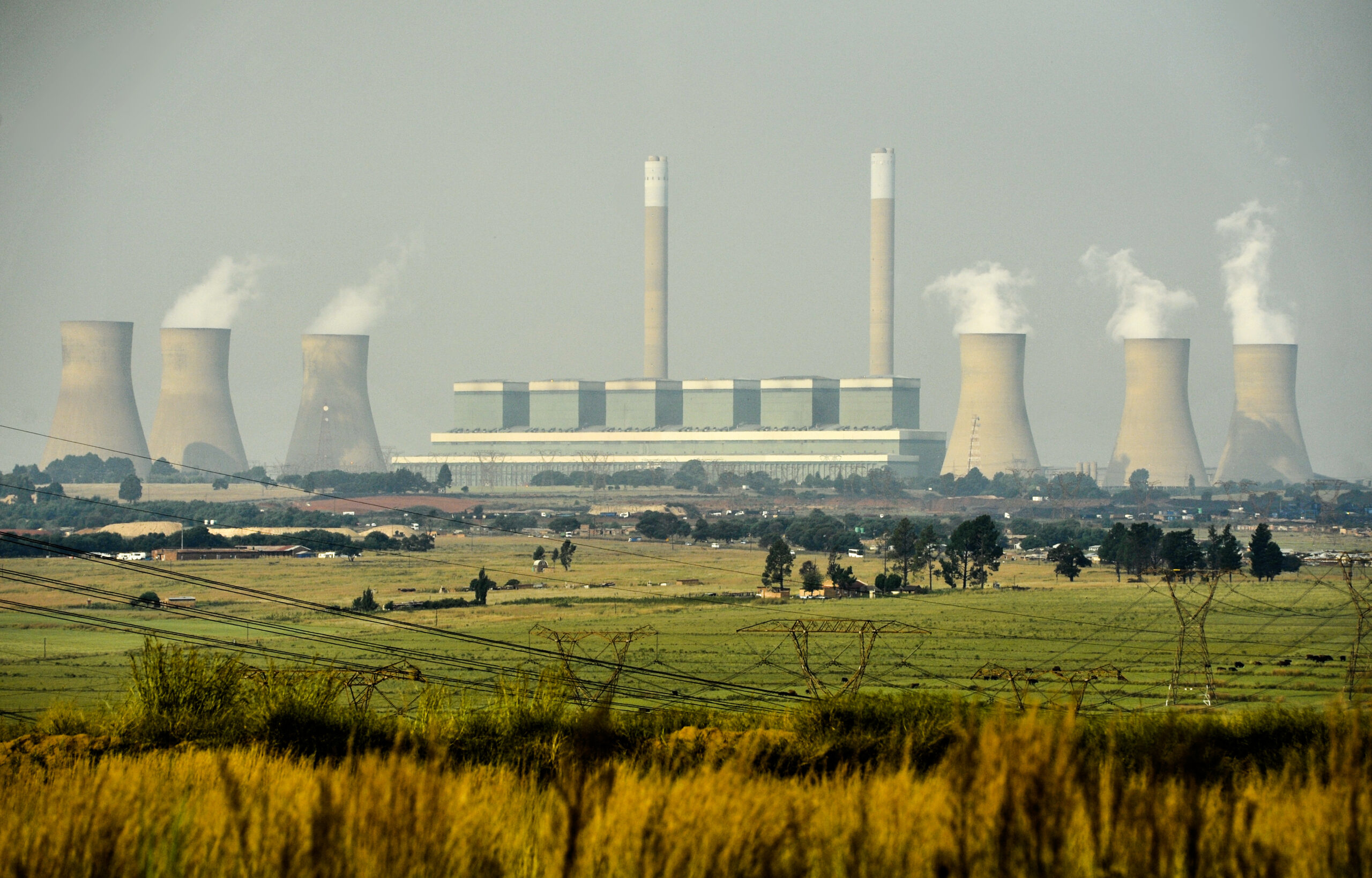Bypassing pollution controls at Kusile poses deadly health risk
Eskom’s plan to get three units at Kusile coal power station back into operation would lead to unabated and increased sulphur dioxide (SO2) pollution that poses a deadly health risk to local communities, a new study finds.
Eskom is already the world’s biggest emitter of SO2, and its 4.8 GW Kusile power station in Mpumalanga will be one of the largest coal-fired power plants in the world.
Following the chimney collapse in October 2022 which left three units out of operation, Eskom’s solution to bring these back online is to build a temporary stack that bypasses pollution controls entirely. “This means Kusile units 1-3 would have no SO2 pollution control in place at all, dumping thousands of tonnes of SO2 into the atmosphere”, says Melissa Fourie, Executive Director at the Centre for Environmental Rights (CER).
According to a health impact assessment by the Centre for Research on Energy and Clean Air (CREA), in the high-emission scenario, the excess of SO2 could correspond to almost 40 years worth of emissions from the normal operation of the plant. The associated societal health costs could reach up to R36 billion.
To counter this looming health threat from Kusile, the Life After Coal campaign (LAC) – a joint campaign by CER, Earthlife Africa (ELA), groundWork (gW) – has made legal submissions on Eskom’s application to bypass pollution abatement equipment.
The right to clean air
The toxic air pollution from coal power stations already kills thousands of people on the Mpumalanga highveld and adjacent densely populated areas each year.
In the 2022 judgment of the “Deadly Air case“, the Pretoria High Court confirmed that failure to adequately control air pollution in the Highveld Priority Area infringes on the Constitutional right to a healthy environment. “The limitation of rights arising from bypassing the pollution abatement is particularly egregious considering the judgement in the Deadly Air case handed down a mere year ago”, says Ntombi Maphosa, Attorney at the CER Pollution and Climate Change Programme.
Instead of rather than falling back on a system that is unreliable, expensive and deadly, “Eskom should use this opportunity to give serious consideration to accelerate the coal phase-out and the rollout of renewable energy”, says Bobby Peek, Director at groundWork.
The health costs of extending the life of old plants
The proposed reopening of some old coal power stations to help ease load-shedding would also exacerbate and extend the massive health costs already associated with fossil fuel air pollution, says Faurie. Given human rights are already being violated, extending the life of some of the polluting power stations will undoubtedly mean further court action, possibly including class actions for harm suffered by people living in our priority areas, she warns.
Air pollution is one of the world’s biggest environmental health threat, and at present concentrations, projections show there will be more than 800,000 avoidable deaths in South Africa attributable to air pollution from now to 2050. However, in an accelerated scenario of exiting coal and other fossil fuels by 2040, a projected total of 550,000 deaths could be avoided, says Faurie.
As well as the health burden, plans to extend the lifespan of ageing plants also come with a massive financial cost. “There are viable, sustainable and cheaper alternatives in the form of variable, distributable renewable energy with storage and peaking support”, says Fourie. “There is also a critical moral argument against such a backward step that compels us to accelerate the transition with all the support we need to provide to workers, communities and small businesses to make the transition just.”
Photo: JMK
Related Articles
The bad reason South Africa is making good on emissions targets
If current carbon emission trends continue, South Africa might actually be on track to meet its 2030 emissions targets under the Paris Agreement. This is according to research done by the Department of Forestry, Fisheries and the Environment (DFFE). And the reason for this? Mostly load shedding. The data was revealed in the DFFE’s 2023 […]
Eskom: Green energy saves water
Generating electricity from fossil fuels has a hidden cost: South Africa’s already scarce supply of fresh water.




